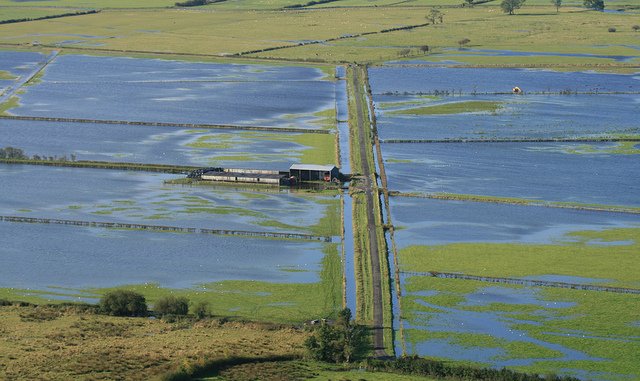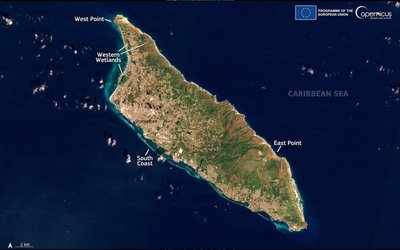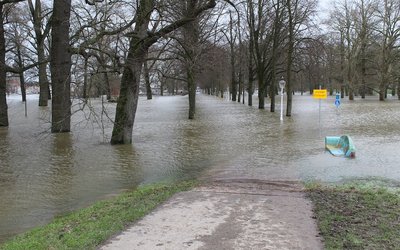
From a country-wide dataset over the period 1931- 2014 no significant trends in annual or seasonal precipitation totals can be distinguished from temporal variability. Winter precipitation increased from the 1960s to a maximum in the early 1990s, but has decreased since then, removing the significant upward trend reported previously by others. Previous reported negative trends for the summer season have been reversed since 2007, as all summers between 2007 and 2012 were anomalously wet, with 2007 and 2012 being the two wettest summers on record in this dataset. Also, no significant trends of changes in rainfall intensity have been found between 1931 and 2014.
The flooding events over the last years do not seem to be related to changes in the magnitude of the daily rainfall accumulations. It is the frequency of multi-day precipitation accumulations that has changed: four recent years (2000, 2007, 2008 and 2012) have a greater number of extreme events in the 3- and 5-day accumulations than any previous year in the record. It is the duration of precipitation events in these years that is remarkable, rather than the magnitude of the daily accumulations.
The extreme precipitation periods occurred in different seasons for each of these years (autumn 2000, summer 2007, spring 2008, summer/autumn 2012), suggesting a similar behaviour throughout the year with more extremes on the multi-day accumulation scale in the recent years.
Source: De Leeuw et al., 2016. International Journal of Climatology 36: 2823-2836.
Photo: S. Rae (www.flickr.com)








